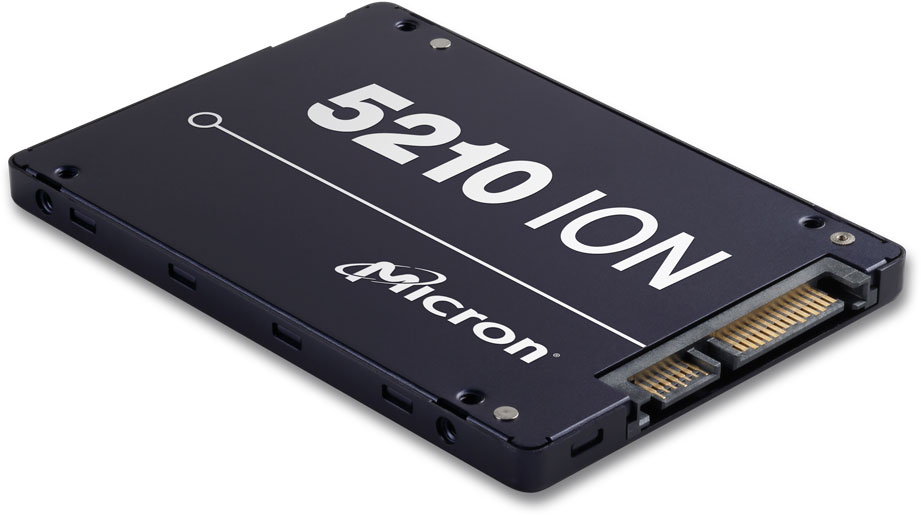Intel and Micron tag team industry’s first QLC NAND flash memory for SSDs
QLC NAND could lead to cheaper and higher-capacity SSDs.

Intel and Micron have jointly announced the production and shipment of the industry's first 4-bits-per-cell 3D NAND flash memory, also known as QLC (quad-level cell), which is even denser than TLC (triple-level cell) NAND flash memory that's commonly found on many of the less expensive solid state drives on the market.
"With the introduction of 64-layer 4bits/cell NAND technology, we are achieving 33 percent higher array density compared to TLC, which enables us to produce the first commercially available 1 terabit die in the history of semiconductors," said Micron Executive Vice President, Technology Development, Scott DeBoer.
This effectively enables denser storage in a smaller space, potentially leading to higher capacity SSDs that are cheaper to produce. However, it will take some time for QLC NAND flash solutions to trickle into the consumer space. The enterprise space is a different matter.
Right off the bat, Micron has introduced a new 5210 ION SSD model using QLC NAND flash memory, and it's predictably targeted at enterprise customers who often benefit first from these types of technology advancements.
"This breakthrough QLC SSD will usher in a new generation of storage products that allows enterprise and cloud customers to experience the benefits of NAND flash across an expanding array of workloads that were previously relegated to slow, power-hungry hard drives," said Micron Executive Vice President and Chief Business Officer, Sumit Sadana.
In other words, QLC will initially go after higher capacities rather than higher performance. The new SSD is shipping to select customers in a 2.5-inch form factor with a SATA interface. Micron said the drive will be more widely available in capacities ranging from 1.92TB to 7.68TB later this year.
Unfortunately Micron didn't disclose read and write metrics, though did note in a product brief that they'll comparable to TLC-based SSDs. The complexity of QLC (tracking 16 voltage states) compared to TLC (eight voltage states) is apparently being offset by higher parallelism with more 'planes' allowing the drives to read/write more cells (four planes in QLC vs. two in most TLC implementations).
Keep up to date with the most important stories and the best deals, as picked by the PC Gamer team.
Eventually we should see SSD makers utilize QLC NAND flash chips in consumer drives, though nothing has been announced on that front yet.
Paul has been playing PC games and raking his knuckles on computer hardware since the Commodore 64. He does not have any tattoos, but thinks it would be cool to get one that reads LOAD"*",8,1. In his off time, he rides motorcycles and wrestles alligators (only one of those is true).


